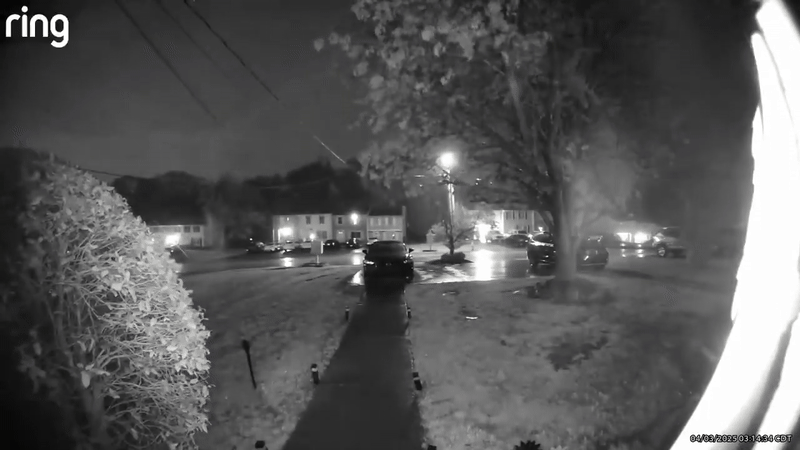Don't listen to this common thunderstorm safety advice

- The "lightning crouch" is a position previously thought to reduce the risk of lightning strikes but is no longer recommended by experts.
- The National Weather Service and the National Lightning Safety Council advise that the crouch offers no significant protection from lightning.
- Experts emphasize that seeking immediate shelter inside a substantial building or hard-topped metal vehicle is the safest course of action during a thunderstorm.
The “lightning crouch” might sound like a TikTok dance craze, but it’s not the kind of trend experts recommend as violent storms rampage through the Midwest and Southern United States
Meteorologists and weather specialists are renewing longtime warnings against relying on the so-called lightning crouch position as a safeguard against lightning strikes. They say misunderstandings about its effectiveness endure and have found new life on social media.
Both the National Weather Service and the National Lightning Safety Council stopped recommending the crouch 17 years ago after weather service analyses showed it offered no significant protection.
“Forget the crouch!” reads a caption on a photo illustrating the position as part of a press release issued by the lightning council. “Staying outdoors during a thunderstorm only prolongs your risk of being struck by lightning.”
What is the lightning crouch?
The lightning crouch involves squatting on the balls of one’s feet in a baseball catcher position, head lowered and heels touching to increase the chances that electricity that enters your body from a nearby ground strike will go through one foot will exit out the other.
The strategy has been included in extreme weather guidelines issued by other official sources such as the U.S. Forest Service, the American Hiking Society and even the U.S. Centers for Disease Control and Prevention.
But those sources only suggest the position when suitable shelter during a thunderstorm is not available. Never sit or lay flat, they say.
“Stay low when outdoors – lightning hits the tallest object,” the U.S. Forest Service advises. “If caught in an open field, seek a low spot and crouch with your feet together and head low.”
John Jensenius, a lightning safety specialist for the National Lightning Safety Council, said the best course of action if caught outdoors during a thunderstorm is to get to a safer place immediately.
“The sooner you get to a safe place, the less risk you’ll face,” Jensenius said. “Crouching only prolongs the risk of being struck.”
Why relying on the crouch is a bad idea
The average person's odds of being struck by lightning in any given year are about one in 1.2 million, according to the National Weather Service. As recently as the early 2000s, more than 50 people annually were struck by lightning in the U.S., but the average has since fallen to just more than 20, according to the lightning council.
The group said it’s still asking educators and weather broadcasters to refrain from citing the crouch in safety information.
Promoting the crouch, even as a last resort, risks giving people “the false impression that crouching will provide safety,” the National Weather Service said.
Such beliefs, the agency worries, could produce a lack of urgency about the need to seek safe shelter during a storm before threats of lightning intensify.
What do weather experts recommend to stay safe in a storm?
Forecasters say as much as a foot of rain could continue to drench areas of Arkansas, Kentucky and Ohio through the weekend, potentially unleashing life-threatening flooding even more damaging than the slow-moving storms that struck portions of the Midwest and South in February. At least seven deaths have already been tied to the storms.
For people planning to be outdoors during any storm, the National Weather Service recommends:
- Planning ahead, including knowing where to go for safety.
- Listening to weather forecasts and monitoring conditions.
- Canceling or postponing activities if thunderstorms are in the forecast.
- Seeking shelter inside substantial buildings or hard-topped metal vehicles before threatening weather arrives or upon hearing thunder.
For those caught outside, the agency recommends:
- Avoiding the tallest objects in the area.
- Not sheltering under tall or isolated trees.
- If in a group, spreading out to increase the chances that survivors can come to the aid of any lightning strike victims.
“When it comes down to it, practicing lightning safety is a minor inconvenience that just might save your life,” Jensenius said.